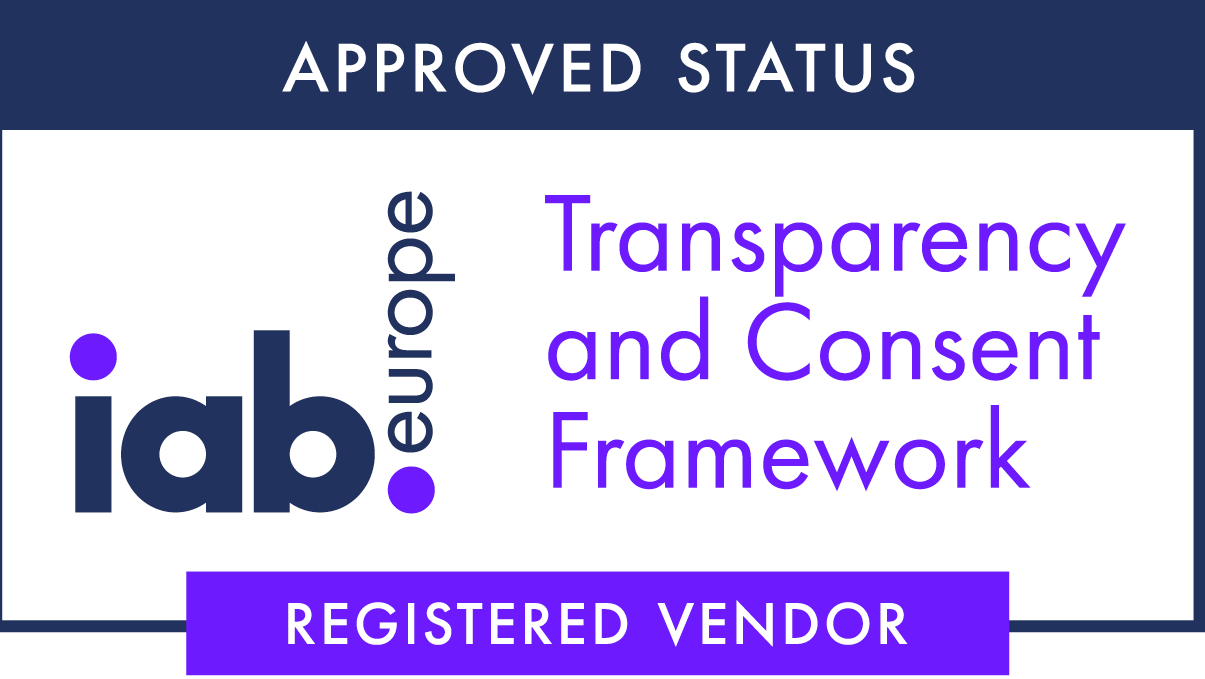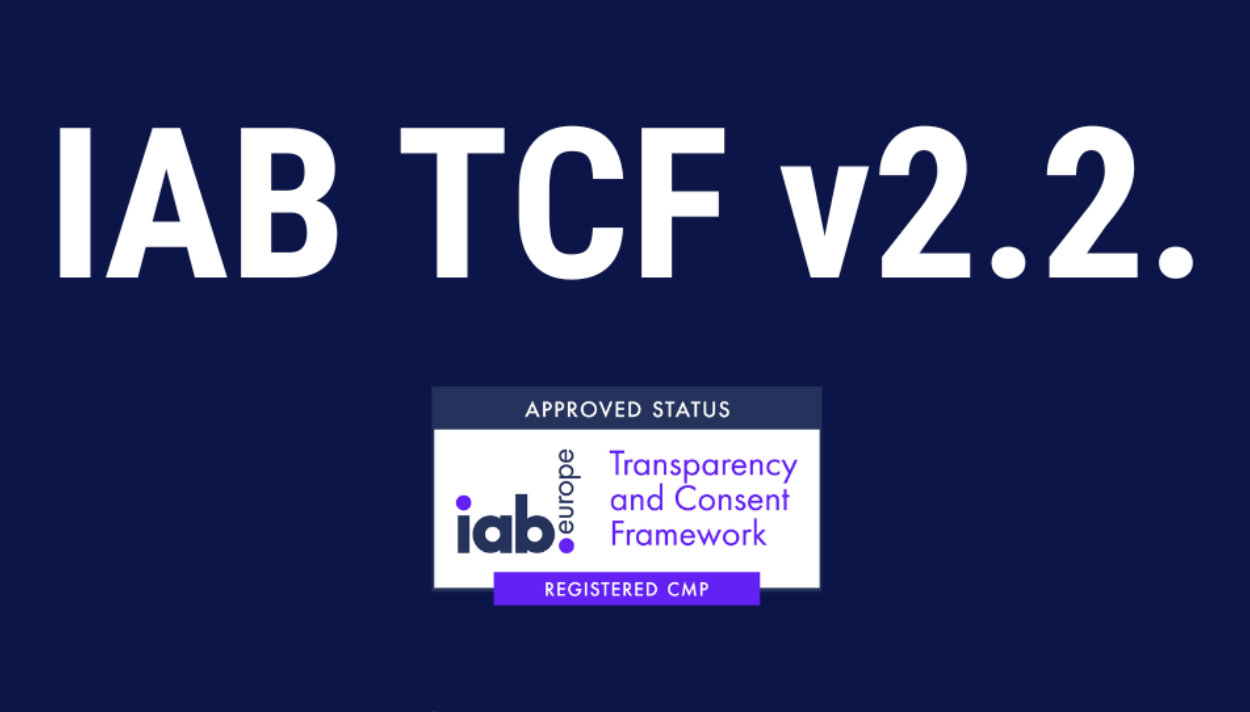Programmatic advertising, as a way to buy, sell and deliver ads using automated technology, is playing an increasingly important role in the advertising industry. Its emergence has not only changed the way ads are bought, sold and delivered, but also brought many new opportunities and challenges for advertisers.
The main advantages of programmatic advertising are its efficiency, precision and transparency. Through automation technology, advertisers can buy and sell ads more efficiently, saving time and resources for manual operations. At the same time, by utilizing big data and artificial intelligence technologies, advertisers can perform precise audience targeting and improve the effectiveness and return of advertisements. In addition, programmatic advertising provides detailed ad placement and effect data, improving the transparency of advertising transactions.
However, programmatic advertising also faces a number of challenges, such as data security and privacy protection issues, ad fraud, and the lack of industry standards and rules. These issues require the joint efforts of all parties in the advertising industry to solve.
In recent years, the development trend of programmatic advertising industry is mainly reflected in the following aspects:
First, data-driven. The development of big data and artificial intelligence technology has enabled advertisers to more accurately locate their target audience and improve the effectiveness and return of advertising. At the same time, data collection and analysis also help advertisers better understand consumer behavior and needs, so as to develop more effective advertising strategies.
Second, multi-screen interaction. With the popularity of mobile devices, consumers' media consumption behavior is also changing. Advertisers need to place ads on multiple screens and devices to reach a wider audience. This also brings challenges of cross-screen tracking and measurement.
Again, privacy protection. With the implementation of data privacy regulations, such as GDPR in Europe and CCPA in the US, advertisers need to pay more attention to consumer data privacy. This has also driven the development of ad technology, such as the use of anonymization techniques to protect consumers' personal information.
In addition, the growth of connected TV (CTV) and OTT advertising is also an important trend. With the popularity of streaming services, more and more advertisers have started to place ads on connected TV and OTT platforms. This provides a new advertising channel that can reach audiences that traditional TV cannot.
Finally, transparency and brand safety are also key concerns for the advertising industry. Advertisers and publishers are looking to increase the transparency of advertising transactions to prevent ad fraud and protect brand safety. This has also driven the development of several new advertising technologies and standards such as ads.txt, app-ads.txt and sellers.json.
Overall, programmatic advertising is an important trend in the advertising industry that is constantly changing the way ads are bought, sold and delivered, bringing with it many new opportunities and challenges. For advertisers, programmatic advertising provides a more efficient, precise and flexible way to deliver ads, which improves the effectiveness and return of ads, saves advertising costs and increases the value of ads. In the future, with the further development of technology and the improvement of industry rules, the value and influence of programmatic advertising will be further enhanced.




